Saturday, August 13, 2022
it turns out, the dealership tech that reported that my car engine was no longer burning over a quart of oil per thousand miles, was very mistaken. So I had to fashion a funnel from a discarded Starbucks bottle
a 1946 Chevy pick-up was listed for sale in 1994 on a bulletin board in a Lexington muffler shop. It was once used by James Garner when he was young, working on the family farm, using the truck to feed horses and bring eggs to the market
I'd never heard of James Garner's documentary Racing Scene, it's got the coolest cars and racing you'll see from the late 60s, and the most celebs and legends
See it on Amazon Prime on your flat screen, or You Tube on a computer
The cars are just FANTASTIC. No matter it it's the Lolas, Porsche 908s, GT40s, Camaros, Corvettes, Broncos, Mustangs, or other cars on the tracks, or the commuter Vette or Camaro that Garner drives.
Surprising sights are the AIR Econoline van spotted in the pits
News flash, Capt Slow survived a sideswipe crash into a wall at 75 mph. Only broke one rib, and lost some blood.
two months ago a bush hog lawnmower ran over a 72-year-old oil pipeline in Tennessee with, which was pressurized, and spilled more than 180,000 gallons of crude oil. Proof that the Deepwater Horizon oil spill of 2010 did not result in oil company oversight by the govt
Friday, August 12, 2022
news flash: A highly volatile chemical leaked from an overheated rail car in Riverside County today, posing an explosion risk and leading to a hazardous spill, and shutdown of the 215 freeway
The working theory, Scoville said, is that a stabilizing chemical injected to prevent the styrene from heating up failed at some point, resulting in a chemical reaction that caused the styrene to heat up to more than 300 degrees. It usually sits at about 85 degrees.
“The contents are basically boiling in a closed container,” Torres said. Pouring water on the tanker would not cool it down because it is insulated, officials said.
I hadn't heard of the A 12, the precursor to the SR 71. To get these jet aircraft started, a "starter cart" was used... it had a pair of Buick 401s, or 425s (in the 1960s,) and in 1970 were swapped for Chevy 454s - paired up to one output shaft after the transmissions
Francis Towne, British artist / art teacher, famous for Roman ruins between 1780-1781 in watercolor, trained in London as a coach painter in a 7 year apprenticeship. Miyazaki's Studio Ghibli backgrounds often look like Towne's art
climate change heat wave victim that needs some kindness and focused attention, the New York carriage horse. They're NOT able to work all damn day without BETTER care from assholes making a living off the sweat off their backs
BUT FINALLY I can say thank you to the NYPD for stepping up to help the horses. It was the horse mounted division of NYPD, who jumped in to help the horse with a COOL DOWN shower of water.
Officers in the Mounted Unit tendede to the horse, shutting down the block and placing a pillow under its head while cooling it down with ice and a hose.
(People forget that the effing pavement IS HOT and a heat exhaustion victim is now WORSE off when laying on the pavement.







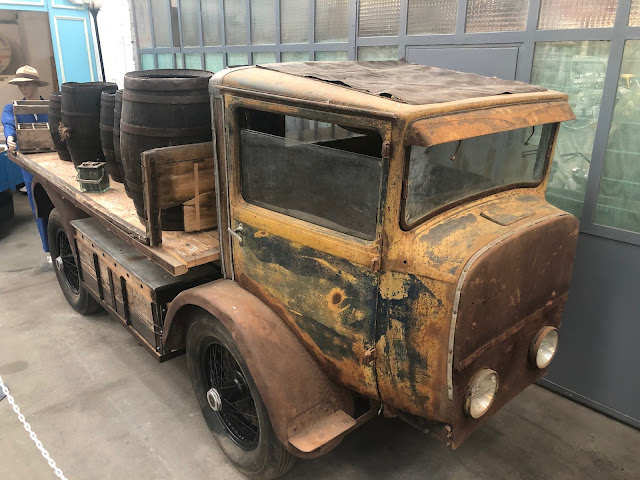


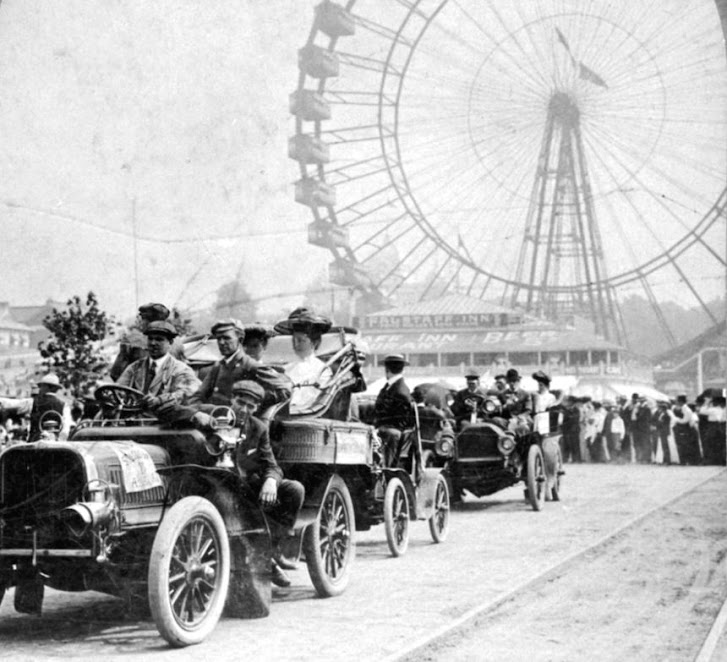
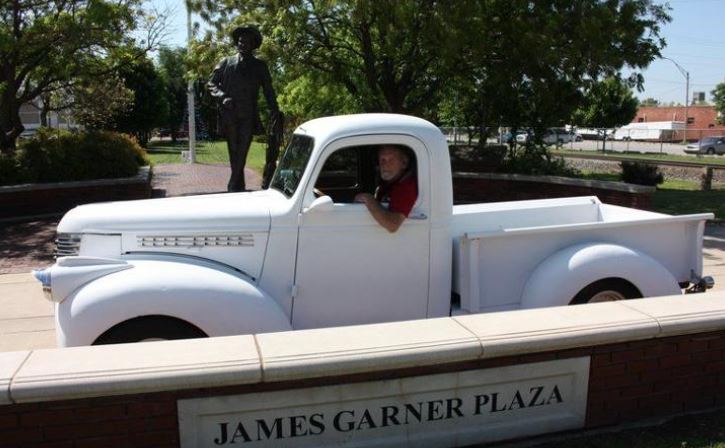
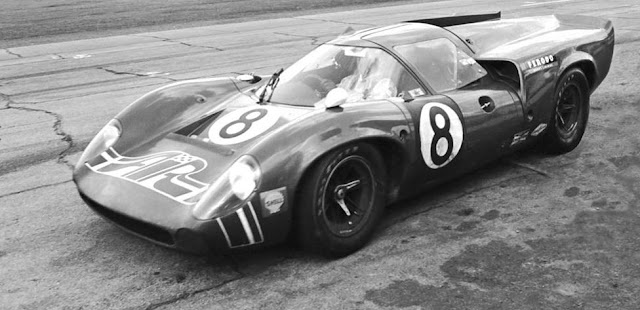


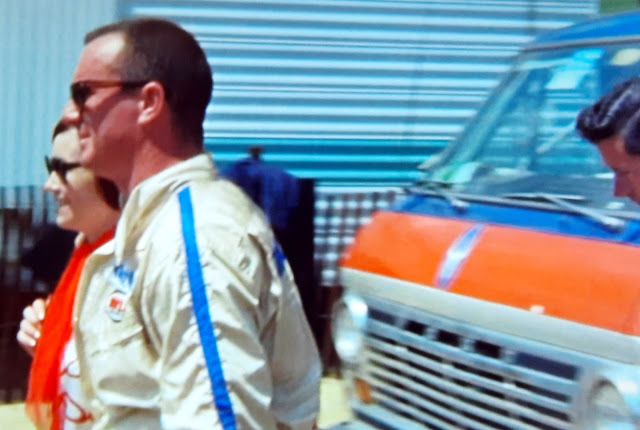





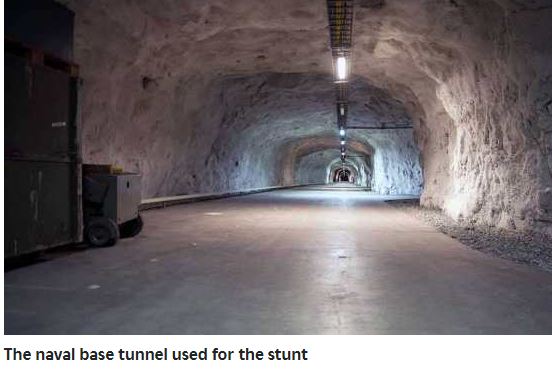
















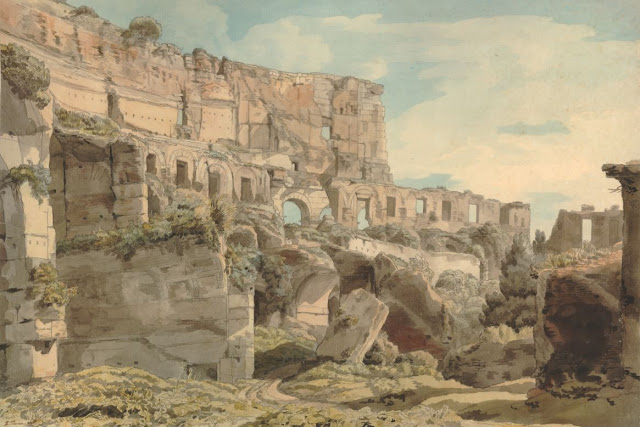









.jpg)
